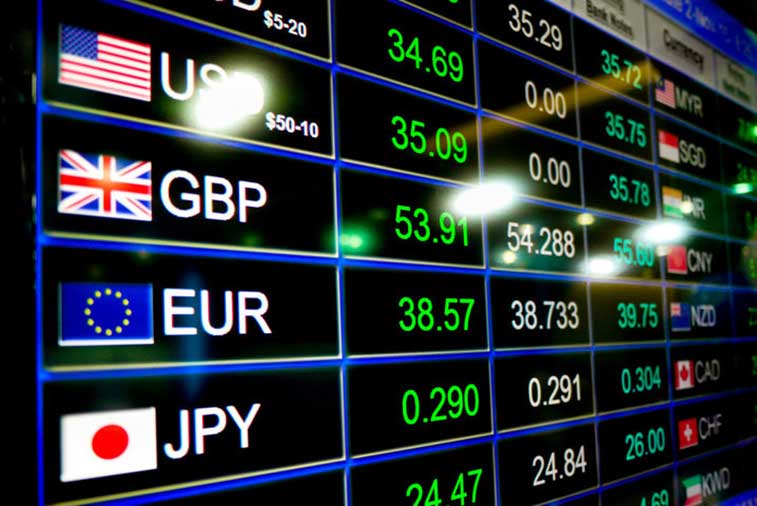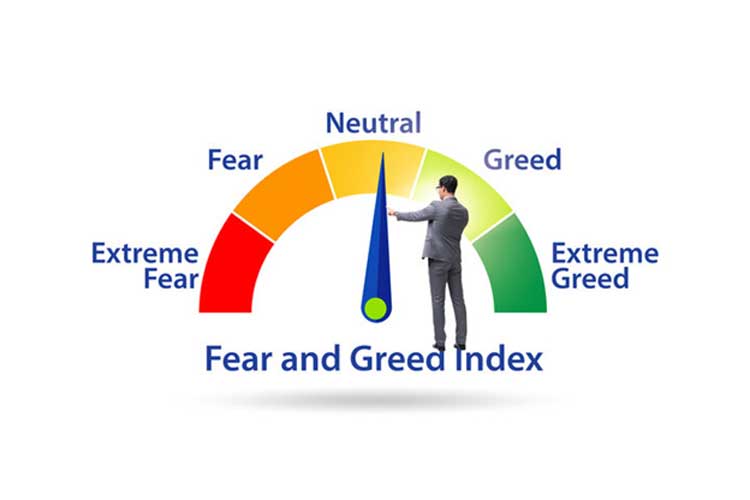 As of April 12, 2024, the situation between Iran and Israel has been tense for years, with various proxy groups involved in conflicts across the Middle East. This escalation and potential conflict might impact crude oil, gold, gasoline, and stock indices.
As of April 12, 2024, the situation between Iran and Israel has been tense for years, with various proxy groups involved in conflicts across the Middle East. This escalation and potential conflict might impact crude oil, gold, gasoline, and stock indices.

Geopolitical Tensions and Proxy Groups
The situation you described, with Iran using proxy groups like Hamas, Hezbollah, and the Houthis in Yemen to attack Israeli territories, sets the stage for a significant escalation. Iran’s readiness to directly target Israeli territories adds a new dimension of danger to the region. This escalation could be like no other. Israel might retaliate inside Iran’s territory.
Impact on Crude Oil Prices
The Middle East is a crucial hub for crude oil production and transportation. Any conflict or even the threat of conflict in the region tends to send shockwaves through the oil markets. Here’s how it might play out:
- Supply Disruption: If hostilities escalate, there’s a risk of supply disruptions, particularly if key oil-producing areas or shipping routes are affected. This could lead to a spike in crude oil prices as markets react to reduced supply.
- Market Sentiment: Even the anticipation of conflict can impact oil prices. Traders often take a cautious approach, buying oil as a hedge against potential disruptions. This speculative buying can further drive prices up.
- Global Impact: The Middle East conflict doesn’t just affect regional oil markets. It has global repercussions. Higher oil prices can translate to increased costs for businesses and consumers worldwide, impacting everything from transportation costs to inflation rates.
Gold as a Safe Haven
Gold has long been considered a safe haven in times of geopolitical uncertainty and conflict. Here’s why:
- Risk Aversion: When geopolitical tensions rise, investors often seek safe assets like gold. This increased demand can drive up the price of gold.
- Currency Depreciation: Geopolitical turmoil can also weaken currencies. As investors look for alternatives to protect their wealth, they turn to assets like gold, which tends to retain its value better during currency fluctuations.
- Market Sentiment: Similar to crude oil, the mere perception of increased risk can lead to more investment in gold futures and physical gold.
Gasoline and Consumer Impact
A spike in crude oil prices would likely translate to higher gasoline prices. This can have a direct impact on consumers, leading to increased costs for transportation and potentially impacting consumer spending patterns.
Stock Indices and Market Volatility
Geopolitical tensions often lead to increased market volatility. Stock indices can experience sharp fluctuations as investors react to news and uncertainty. Here’s how different sectors might be affected:
- Defense and Energy: Companies in the defense and energy sectors may see increased activity and stock prices due to the anticipation of higher demand or potential contracts.
- Tech and Consumer Goods: On the other hand, sectors heavily reliant on stable economic conditions, such as technology and consumer goods, may experience volatility and potential downturns as investors adopt a more risk-averse stance.
Trading Futures – Predictions
For traders involved in futures markets, these events present both risks and opportunities:
- Crude Oil Futures: Traders would closely monitor developments in the Middle East and adjust their strategies accordingly. Long positions might be favored if tensions escalate, anticipating higher oil prices. However, sudden de-escalation or diplomatic resolutions could lead to rapid reversals.
- Gold Futures: Increased geopolitical risk typically leads to higher gold prices. Traders looking for safe-haven assets might enter long positions in gold futures, but they would need to closely watch geopolitical developments and market sentiment for timely exits.
- Stock Indices Futures: Market indices can be highly reactive to geopolitical news. Traders might use options or futures contracts to hedge against potential downside risk or capitalize on volatility with well-timed trades.
In summary, the escalating tensions between Iran and Israel, coupled with Iran’s direct threats and the involvement of proxy groups, create a volatile environment with far-reaching implications. Crude oil, gold, gasoline prices, and stock indices are all sensitive to geopolitical developments, making it crucial for traders and investors to stay informed and agile in their strategies.
Ready to start trading futures? Call US 1(800)454-9572 – Int’l (310)859-9572 email info@cannontrading.com and speak to one of our experienced, Series-3 licensed futures brokers and start your futures trading journey with E-Futures.com today.
Disclaimer – Trading Futures, Options on Futures, and retail off-exchange foreign currency transactions involves substantial risk of loss and is not suitable for all investors. Past performance is not indicative of future results. You should carefully consider whether trading is suitable for you in light of your circumstances, knowledge, and financial resources. You may lose all or more of your initial investment. Opinions, market data, and recommendations are subject to change at any time.
Important: Trading commodity futures and options involves a substantial risk of loss. The recommendations contained in this writing are of opinion only and do not guarantee any profits. This writing is for educational purposes. Past performances are not necessarily indicative of future results.
**This article has been generated with the help of AI Technology. It has been modified from the original draft for accuracy and compliance.
***@cannontrading on all socials.







